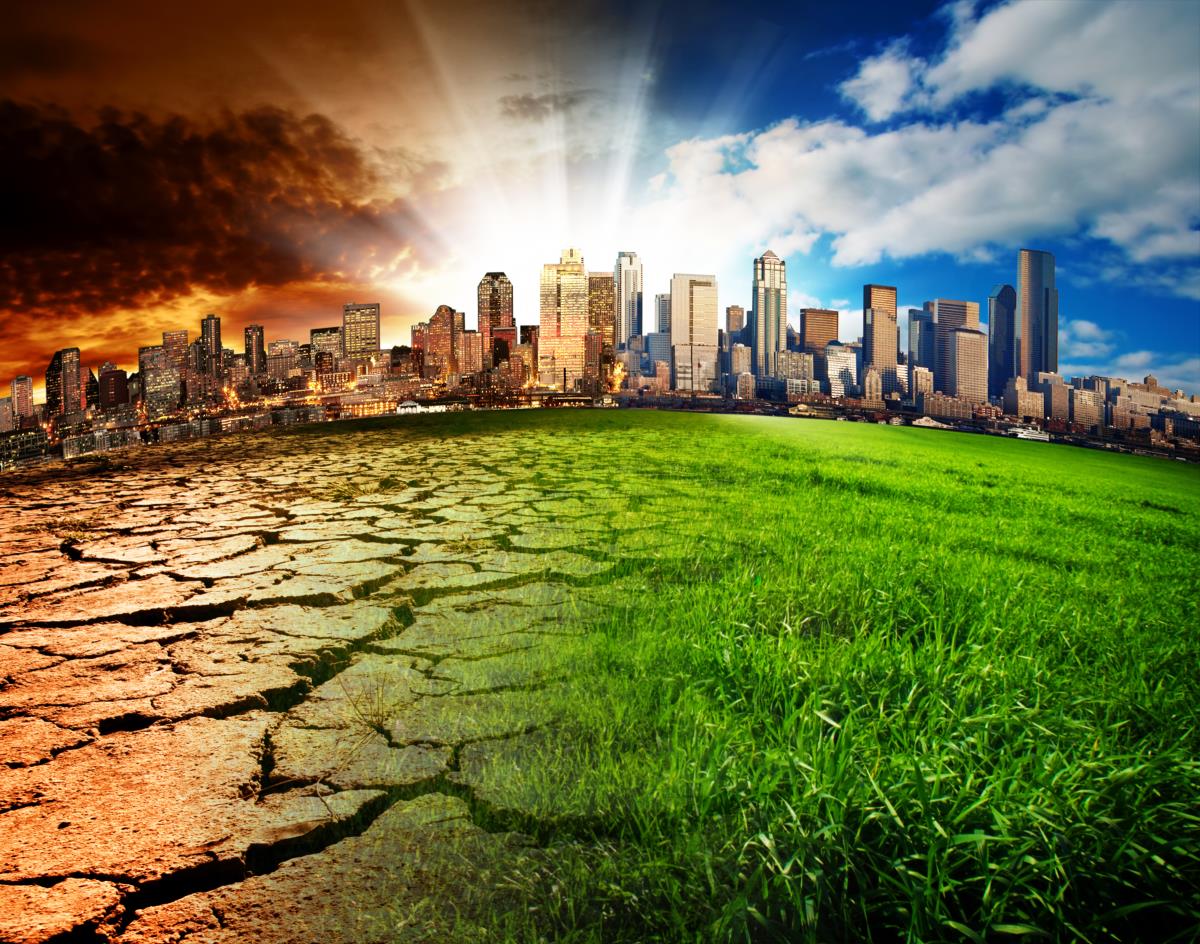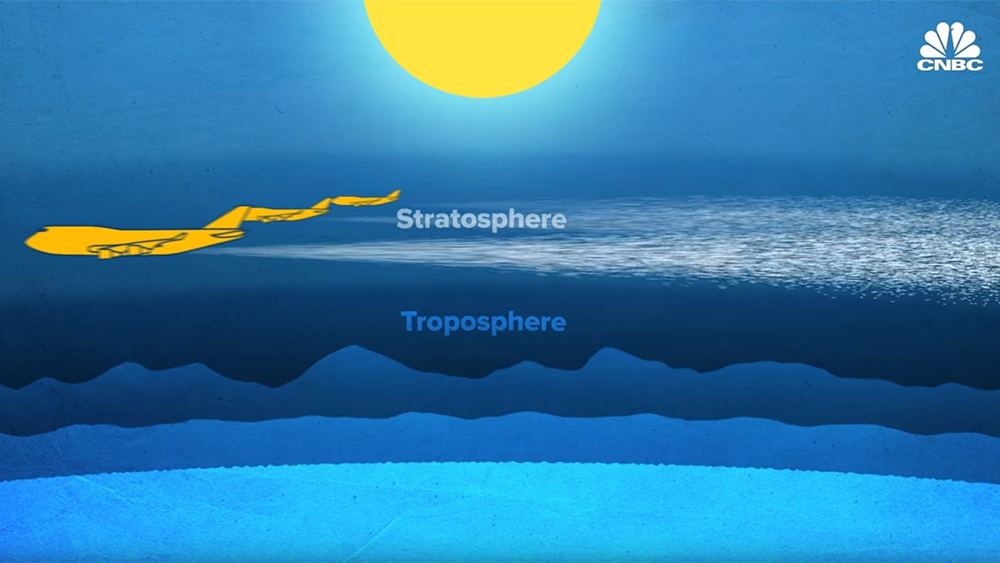Just 20 companies produce more than half the world’s plastic waste
05/26/2021 / By Divina Ramirez

Just 20 companies are responsible for 55 percent of single-use plastic items discarded worldwide, according to the Plastic Waste Makers Index. This is the first study to track the journey of single-use plastics, the most commonly discarded type of plastic, through the entire supply chain, beginning with the producers.
Published on May 18, the study named the companies that are at the forefront of the plastics supply chain. The study also revealed that the companies identified are supported by financial backers.
ExxonMobil, a Texas-based oil and gas company, topped the list, producing 5.9 million metric tonnes of waste. It was followed by Michigan-based Dow Chemical Company and China Petroleum & Chemical Corporation (Sinopec). In all, 100 companies are responsible for 90 percent of global single-use plastic production.
Other big producers of single-use plastic identified in the study include Indorama Ventures, PetroChina, Alpek SA de CV, Saudi Aramco, LyondellBasell, Reliance Industries, Braskem, Borealis, Lotte Chemical, Total, Jiangsu Hailun Petrochemical, Far Eastern New Century and Formosa Plastics Corporation.
The study was published by the Minderoo Foundation, a philanthropic organization based in Australia. Experts from the London School of Economics and the Stockholm Environment Institute, among other institutes, contributed to the study.
20 companies produce 55 percent of global plastic waste
Single-use plastics, such as water bottles, straws and plastic bags, are made almost exclusively from fossil fuels. Because these plastics are some of the hardest items to recycle, they often end up creating global waste mountains in already overflowing landfills. These plastics can also be found polluting oceans.
The comprehensive analysis provides an unprecedented glimpse into the surprisingly small number of companies and their financial backers that generate more than half of the 130 million metric tonnes of plastics thrown away in 2019.
In particular, the analysis revealed that just 20 global banks are funding single-use plastic production. Overall, $30 billion of loans from these global banks, which include Barclays, HSBC and Bank of America, have supported single-use plastic production since 2011.
Furthermore, the study assessed the countries that contribute the most to the single-use plastic crisis based on per head of the population. Australia and the United States were found to produce the greatest amounts of single-use plastic items at more than 50 kilograms (kg) per person per year in 2019.
South Korea and the United Kingdom followed closely at 44 kg of single-use plastic waste per person. In China, the largest producer of single-use plastic by volume, the average person surprisingly produces only 18 kg of single-use plastic per year. India lags behind at only four kg of single-use plastic produced per year per person.
Plastic waste harms the environment
The plastic waste crisis grows every year, partly due to the growth in the supply of virgin polymers. These new plastics will end up as pollution in countries with poor waste management systems, the authors said. (Related: Plastic BAN List highlights the 9 top sources of plastic pollution.)
For decades, plastic producers worldwide have been allowed to operate with minimal regulation and transparency, worsening the plastic crisis. “Plastic pollution is one of the greatest and most critical threats facing our planet,” said Andrew Forrest, chairman of the Minderoo Foundation.
“[We] simply cannot allow these producers of fossil fuel-derived plastics to continue as they have done without check,” added Forrest. With oceans choking on plastic and plastic impacting human health, there should be swift and firm intervention from producers, financers and governments to break the cycle of inaction.
This intervention involves not making new plastics and using recycled plastic waste. It may also mean allocating more capital to the use of those recycled plastics and redesigning plastic so that it degrades, returning to its original molecules instead of breaking down into micro- or nanoplastics.
Follow Environ.news to learn more about the environmental impacts of plastic pollution.
Sources include:
Submit a correction >>
Tagged Under:
environment, marine life, ocean health, plastic industry, plastics, single-use plastic waste, single-use plastics
This article may contain statements that reflect the opinion of the author
RECENT NEWS & ARTICLES
COPYRIGHT © 2017 CARBON DIOXIDE NEWS




















